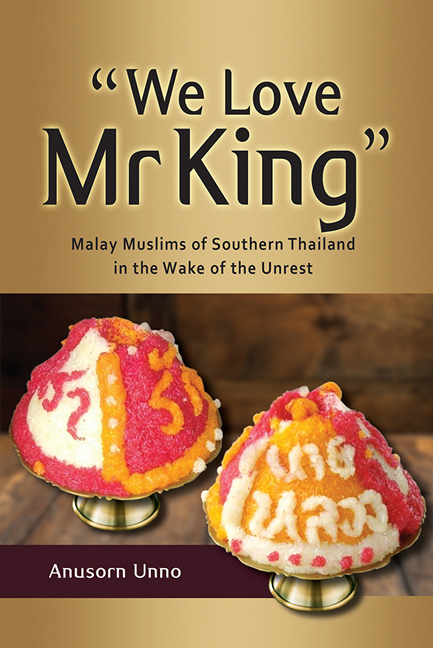Book contents
- Frontmatter
- Dedication
- Contents
- List of Tables and Figures
- Acknowledgements
- Main “Dramatis Personae”
- Introduction
- Chapter 1 Guba
- Chapter 2 Winds of Change
- Chapter 3 Subjectivities on the Rise
- Chapter 4 The Clashes
- Chapter 5 Living Lives with Multiple Subjectivities
- Chapter 6 Engaging with the Sovereigns
- Conclusion: Sovereignty in Crisis
- Bibliography
- Index
- About the Author
- Frontmatter
- Dedication
- Contents
- List of Tables and Figures
- Acknowledgements
- Main “Dramatis Personae”
- Introduction
- Chapter 1 Guba
- Chapter 2 Winds of Change
- Chapter 3 Subjectivities on the Rise
- Chapter 4 The Clashes
- Chapter 5 Living Lives with Multiple Subjectivities
- Chapter 6 Engaging with the Sovereigns
- Conclusion: Sovereignty in Crisis
- Bibliography
- Index
- About the Author
Summary
Late one afternoon, the back of the house of the family I stayed with was converted into a place to perform a ritual in response to a misfortune that had befallen the family's horse. Seven offering trays were placed in the middle of the space, and they were surrounded by family members, relatives, and acquaintances; Jaafar, Guba's leading ritual specialist, acted as leader. After Jaafar finished the first part of the ritual, Aiman, the horse's owner and also known to be a ritual specialist, continued the ritual by touching each tray while chanting to give the offerings to revered spirits. The spirits include family ancestors, art masters, the village founder, the Prophet and a Raman sultan, each of whom represents an authority figure in each domain of importance to the residents, namely kinship, art or tradition, community, religion and polity, respectively. While the authority figures representing the first four domains are non-controversial, that representing polity vividly points to conflict and that side of the conflict residents associate themselves with — Raman rulers vis-à-vis Patani rulers. Aiman told me later that, unlike people on the east coast of Thailand's Deep South who associate themselves with the Patani Sultanate, Guba residents are tightly connected to the Raman Sultanate in various ways. Guba was founded as a place for training the war horses and elephants that Raman rulers used in their wars with Patani, and Guba's founder had been appointed by a Raman ruler. In addition, Raman rulers also adopted several Guba children, and many Guba residents worked in the palace. The bonds between the people of Guba and Raman's rulers are deep and cordial and still strongly felt to the present day.
That Guba associated itself with Raman rather than rival Patani is crucial. Thailand's Deep South is often indiscriminately regarded as a region of the ancient kingdom of Patani, with Langkasuka1 as its predecessor. Other interior polities, especially Raman, were considered by Thai and Malay nationalist historiographies as “a unilateral Siamese initiative” in Siam's attempt to dissolve Patani into more manageable petty states. Separatists of past decades as well as present-day insurgents have invoked this historical construct to justify their means and goals.
- Type
- Chapter
- Information
- "We Love Mr King"malay Muslims of Southern Thailand in the Wake of the Unrest, pp. 12 - 32Publisher: ISEAS–Yusof Ishak InstitutePrint publication year: 2018

